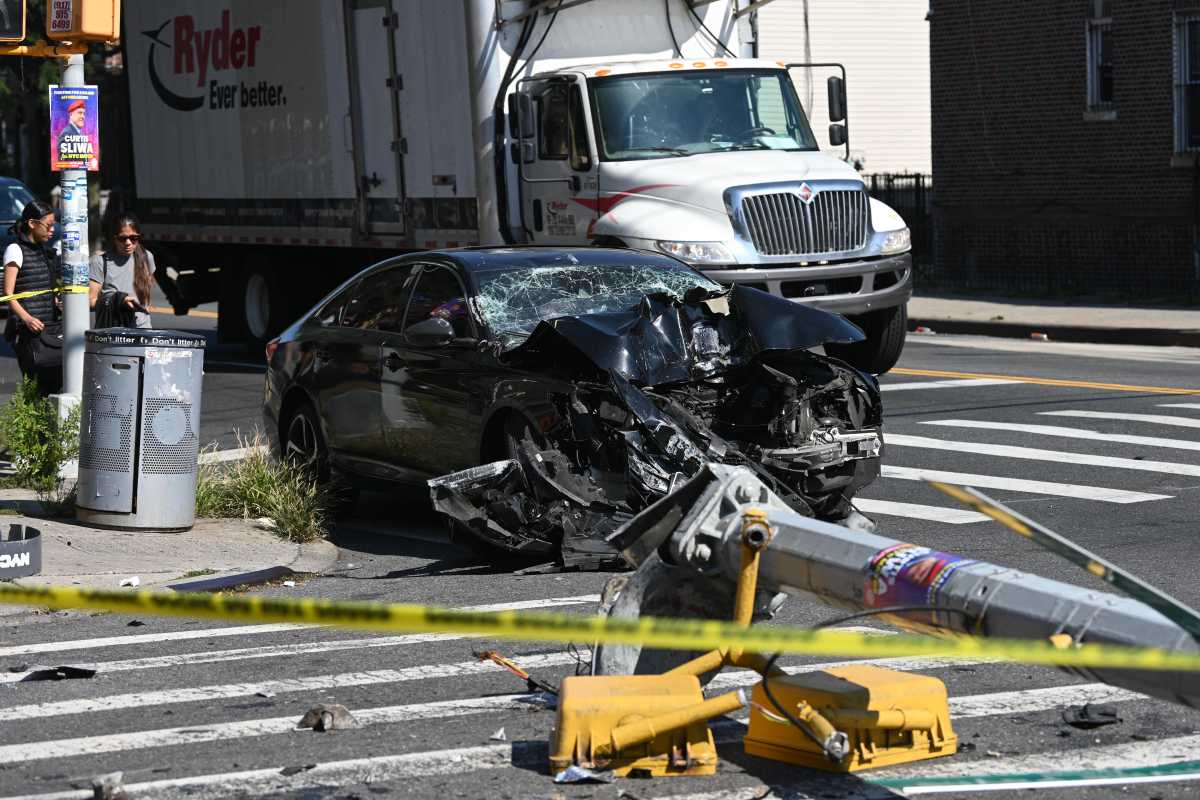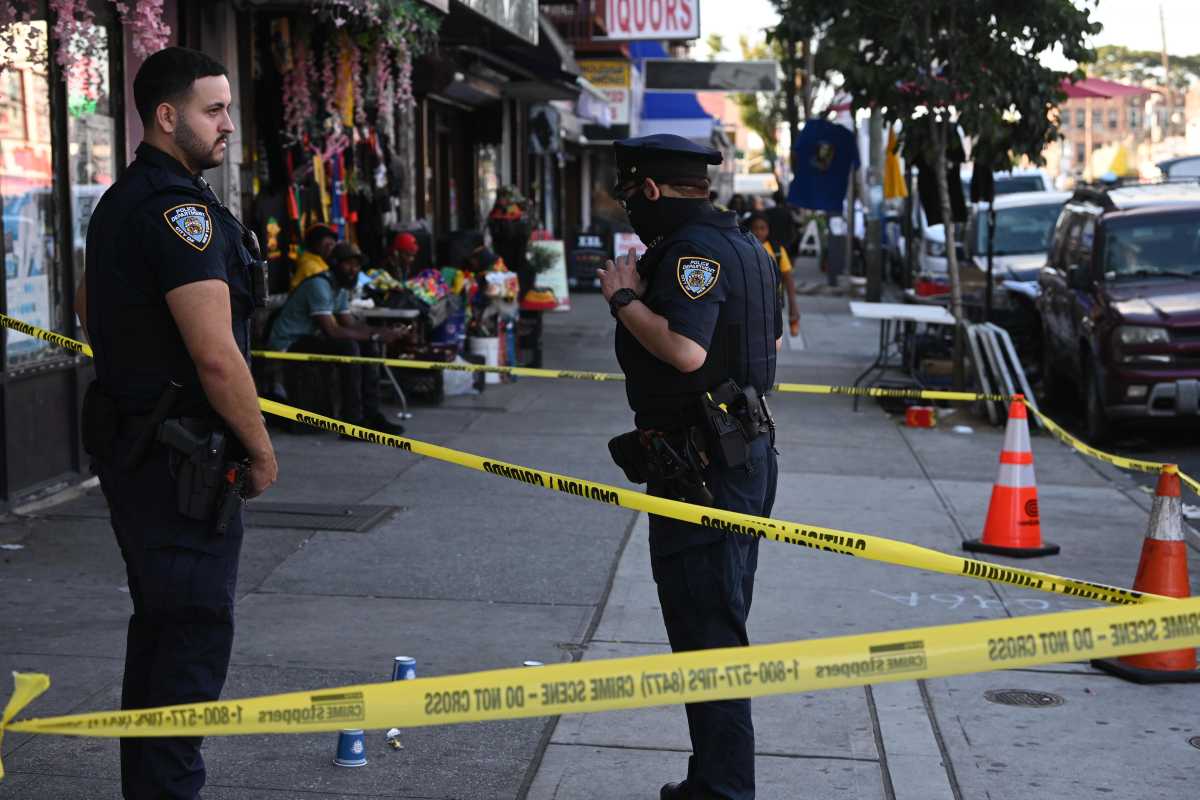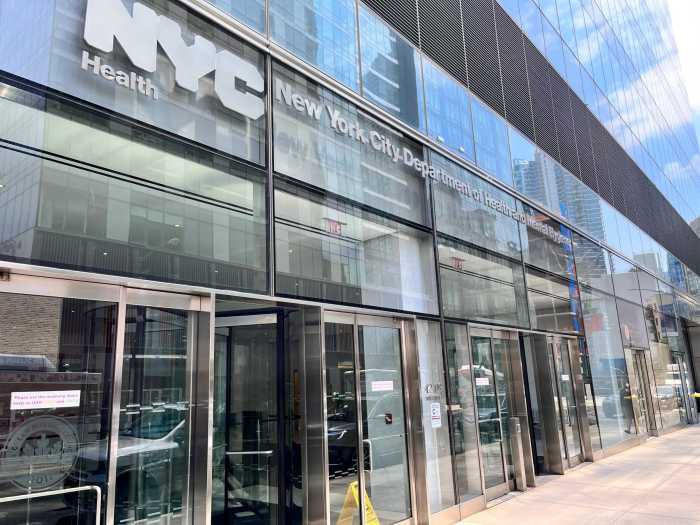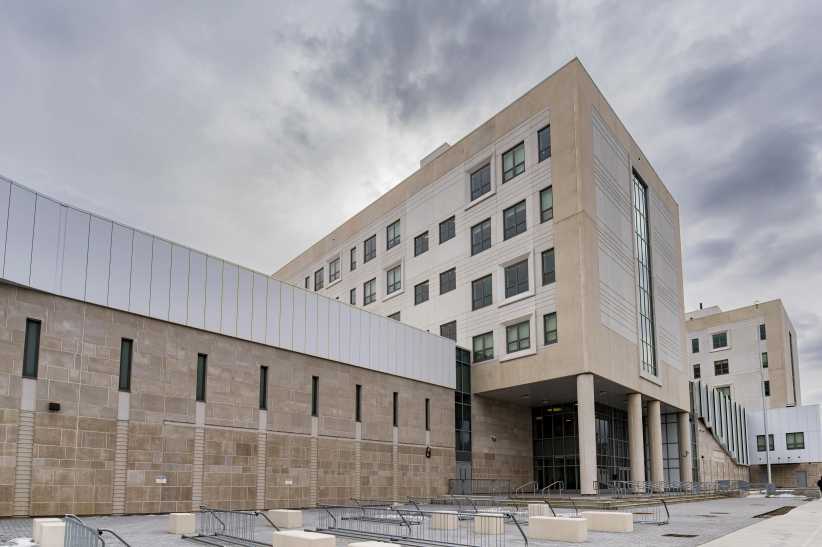It’s all over for these Brooklyn institutions. The adage that change is the only constant might be truer in Brooklyn than anywhere else — but with change, comes necessary loss. Here are some of the biggest pieces of history to depart from Brooklyn’s hallowed shores since the first edition of the Bay News rolled off the presses 70 years ago.
Ebbets Field and the Dodgers
There used to be a ballpark — and the old team just isn’t playing. The Brooklyn Dodgers sold out and moved to the ’burbs in 1957, and three years later Flatbush’s temple to baseball — where the first African-American played a major-league game — cashed in its ticket to the great ball game in the sky when owners beaned Ebbets Field with a wrecking ball in 1960 to make way for apartments. It would be decades before another major-league, professional sports franchise would come to Brooklyn.
The original Thunderbolt
They say lightning doesn’t strike twice, but Brooklynites felt the shock of losing the Thunderbolt two times since the Bay News hit the scene — first in 1982 when the Coney Island icon stopped running and again in 2000 when Mayor Rudy Giuliani quietly demolished it in the dead of night.

Kentile Floors (and its sign)
Last year, developers mopped the floor with the iconic Kentile Floors sign, which loomed large on the Gowanus skyline since 1949, reminding motorists and subway riders of Brooklyn’s manufacturing heyday. Now fallow industrial spaces are increasingly being transformed into housing. Kentile Floors made patterned asbestos tile flooring that adorned New York subway cars in the 1940s and 1950s.
Trolleys
They’re streetcars named expire. The trolleys that dominated Brooklyn streets were already on their way out when the Bay News came onto the scene in 1945. The City of Brooklyn was the first in New York and the second nationwide to jump on the trolley bandwagon when the Coney Island Avenue line went electric in 1890, according to the Brooklyn Historical Society. Before long, we had so many streetcars that Manhattanites disparagingly called us “trolley dodgers.” Brooklyn’s last three trolley lines ended their runs on Oct. 31, 1956, according to the Brooklyn Historical Society.
Bowling
The once-beloved game is now in the gutter as developers bowl over the borough’s last remaining alleys to make way for apartments. The Sport of Kingpins is under siege anywhere that building is booming, a expert said. “Any place where real-estate values are an issue, bowling alleys are closing,” Bob Johnson, international editor of Bowlers Journal International, told us in 2006. Maple Lanes in Bensonhurst was the last to go, facing the wrecking ball earlier this year. Bay Ridge’s Mark Lanes closed a decade ago to make way for a parking lot. Pinheads can still get their bowling fix at Shell Lanes in Gravesend and Strike 10 Lanes in Mill Basin.
The U.S. Navy
They hit the high seas. The U.S. Navy was a fixture in Brooklyn’s Wallabout Bay since 1801, but the borough has been swabbie-less since the Navy pulled up anchor in 1960. The Brooklyn Navy Yard built some of America’s greatest war ships and employed 70,000 people around the clock during World War II’s peak. Now, the area is home to a football field-sized rooftop garden, a film studio, and myriad artists’ studios.






















